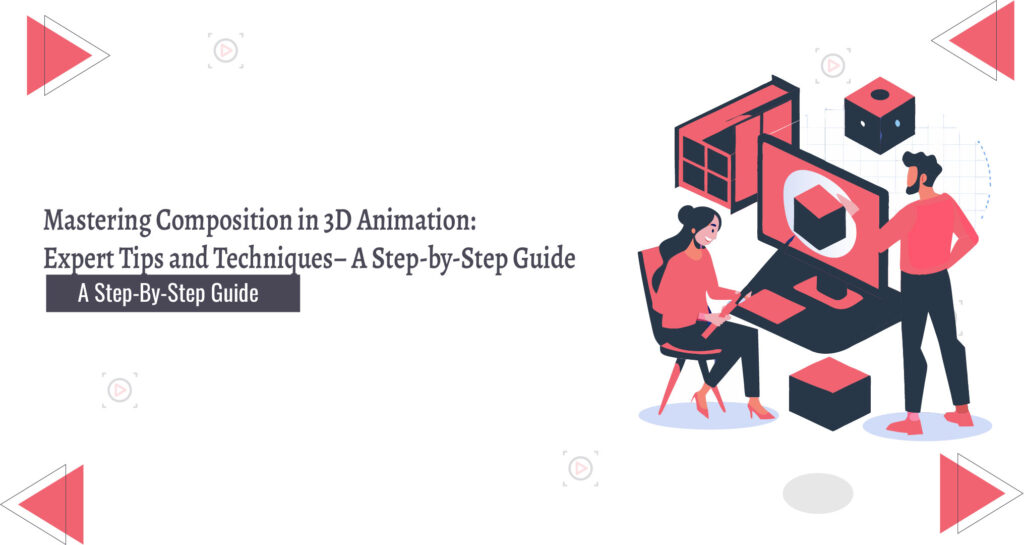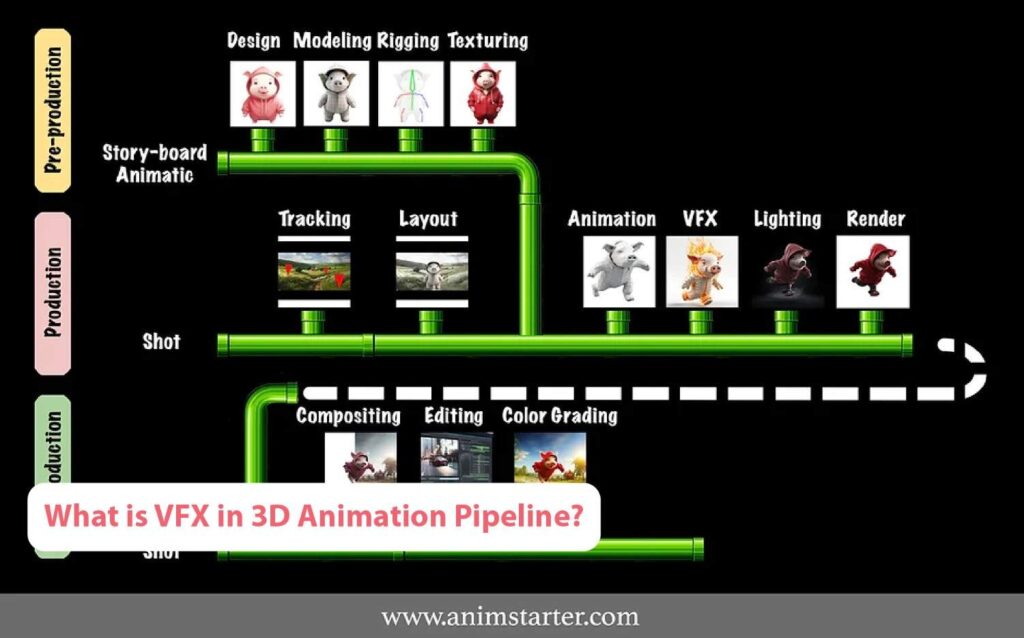How 2D VFX Helps Create Perfect 3D Animations More Efficiently and Effectively
You might associate VFX primarily with 3D visual effects like explosions, fire, smoke, or tornadoes. Still, there are numerous cases where 2D VFX is skillfully integrated to create iconic and visually striking shows, such as Arcane and Riot Games cinematics. 2D VFX brings a more organic, hand-drawn quality to a scene, enhancing the visual storytelling with unique stylistic elements. While 3D techniques dominate the visual effects industry today, 2D effects remain vital in animated productions, offering a distinctive aesthetic that complements modern techniques. This article will explore various examples and techniques for 2D VFX, their application in different genres, and their significance within the animation production pipeline. We’ll also discuss how combining 2D and 3D elements can result in a more dynamic and immersive visual experience, showcasing the strengths of each approach. Why do we use 2D VFX in 3D animations? Opting to simulate effects in 2D is largely due to the efficiency it offers, as creating these effects in a 2D application takes significantly less time and effort compared to using 3D software, especially in the later stages of a project. 2D VFX can be incredibly useful for correcting imperfect shots. While the production crew strives for flawless execution, addressing issues with 2D VFX during post-production is often far more cost-effective than spending hours reworking or re-rendering scenes. The role of a post-production team in an animation studio is to elevate a project from the production stage, enhancing it with 2D visual effects and color correction to create a truly outstanding final product. With 2D VFX, studios can also achieve a wide range of stylistic effects that may not be feasible in 3D. This flexibility allows for greater creative expression while maintaining budget efficiency. Ultimately, it ensures the final output is visually captivating and polished. The Future of 2D VFX Animation As technology merges with creativity, the prospects for 2D VFX animation appear bright. Innovations in AI, machine learning, augmented reality (AR), and virtual reality (VR) are poised to transform the animation landscape, creating fresh opportunities for innovation and storytelling. These advancements empower artists to push creative boundaries, creating immersive experiences that captivate audiences. The fusion of cutting-edge tools and artistic vision will redefine how stories are told, making the future of 2D animation even more exciting. Comparative Table: Feature/Aspect Traditional 2D VFX Modern Digital 2D VFX Techniques Used Unique, artistic quality with a human touch. The visual style is often specific to the artists’ capabilities. Digital compositing, computer-generated imagery (CGI), digital rotoscoping. Tools Pencils, inks, paints, celluloid sheets, optical printers. Software like Adobe After Effects, Nuke, Toon Boom Harmony. Flexibility Limited by the artist’s skill and physical materials. Changes can be time-consuming and costly. High flexibility with the ability to easily modify effects, colors, and textures. Speed of Production Time-consuming due to the manual labor involved. Each frame must be created and processed by hand. Faster production times due to digital tools that streamline the creation and editing process. Cost Potentially lower initial costs for materials but higher labor costs and longer production times. Higher initial costs for software and hardware, but reduced labor costs and shorter production times. Visual Quality Unique, artistic quality with a human touch. Visual style is often specific to the artists’ capabilities. Consistently high-quality visuals that can be adjusted to match any artistic style or requirement. Revisions and Edits Challenging and time-consuming. Often requires redoing work from scratch. Easily done within the software, allowing for multiple iterations with minimal additional effort. Scalability Difficult to scale for large projects due to manual processes. Easily scalable for projects of any size, thanks to digital workflows. Realism and Integration Achieving realism can be challenging and depends on the artist’s skill in mimicking real-world physics and light. Advanced tools and algorithms enable highly realistic effects that can seamlessly integrate with live-action footage. Accessibility Required extensive training in traditional art techniques and access to physical materials. Accessible to a wider range of creators with varying skill levels, thanks to intuitive software and online tutorials. 2D VFX as a Part of Pipeline You may be familiar with 3D VFX and its role in the 3D animation pipeline, but 2D visual effects offer a different approach. From the background and skillset of the artists to the tools and techniques used, 2D VFX operates distinctively. Ultimately, both 2D and 3D VFX aim to create stunning and unique effects that enhance a scene in animation. 2D VFX, specifically, is integrated during the post-processing stage of a 3D animation, alongside tasks such as composition, color correction, and final rendering. Unlike 3D effects, which utilize a three-dimensional space, 2D visual effects are created on a flat plane. Artists paint intricate textures and employ the 2D canvas to introduce depth and visual interest, adding hand-drawn elements like smoke, dust, water, and magical effects to achieve a distinctive, hand-created look. Incorporating 2D VFX can add a layer of artistic flair and detail that complements the 3D elements, enriching the overall visual experience. This blend of techniques allows for a dynamic interplay between different visual styles, resulting in more captivating and immersive animations. By understanding the unique contributions of 2D VFX, you can better appreciate how these effects enhance and create animated productions. Essential Tools and Techniques of 2D VFX for Creating Stunning Visuals Artists have access to a range of programs and tools that can serve as a dynamic workspace. Photoshop is ideal for digital painting, After Effects excels at adding particles and simulations, and Blender’s Grease Pencil allows for the creation of two-dimensional effects. These tools offer versatile functionalities that can enhance the creative process, providing artists with the means to achieve a wide type of visual effects. Whether you’re adding intricate details, creating dynamic simulations, or integrating 2D effects into a 3D environment, these programs facilitate a high level of artistry and precision. Let’s delve into various 2D VFX techniques and explore their applications in animation, examining how these methods contribute to the overall visual storytelling and artistic impact of animated projects. 1.






